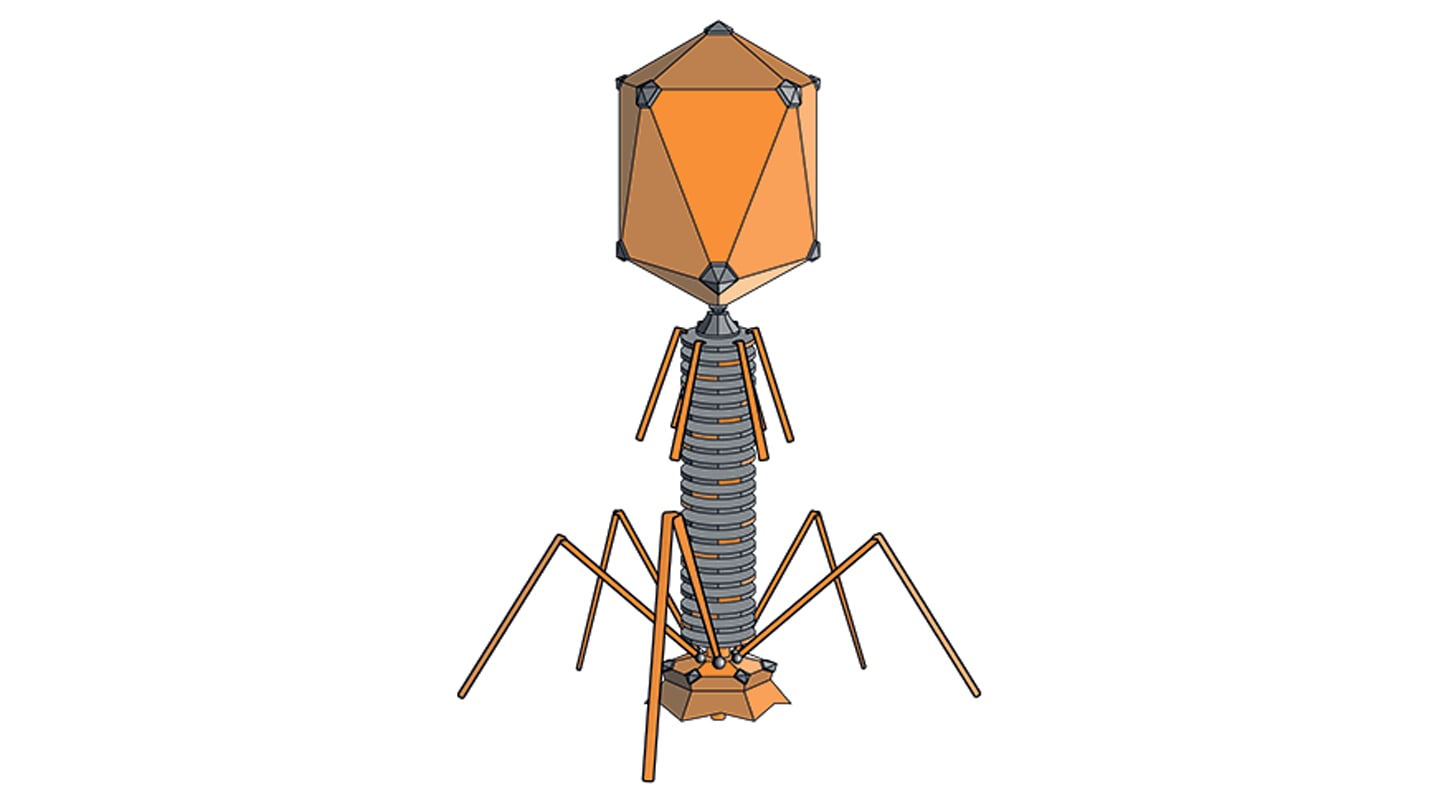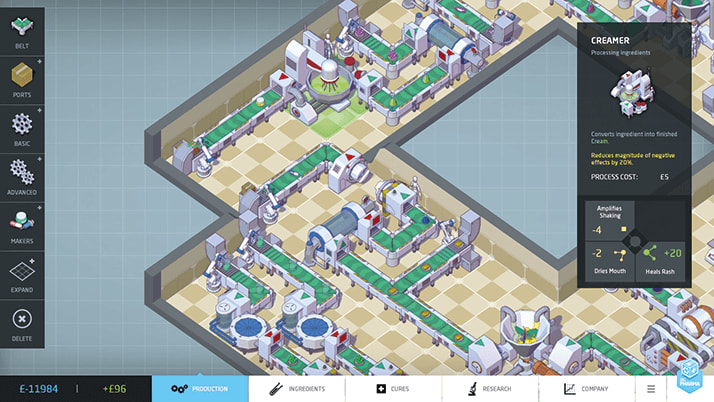I became fascinated by analytical chemistry after working in a forensic laboratory as an undergraduate. Later, I joined Biacore where I worked on the development of surface plasmon resonance (SPR) – and I’ve been hooked on label-free biosensors ever since. What is SPR? It is a label-free, optical technique for analyzing molecular interactions. In our systems, we allow a target molecule on a functionalized metal film (the sensor chip) to interact with a ligand. By applying light to the sensor and by measuring the intensity of the reflected light as a function of the angle at which the light hits the sensor surface, an SPR response is obtained. This response is directly proportional to refractive index/mass changes at the sensor surface. By plotting response versus time in a sensorgram, a binding curve is obtained. From this, kinetics and affinity constants – parameters that are fundamental for the understanding of drug function – can be derived.
SPR is applicable throughout the whole drug development value chain. In the screening phase, hits can be identified by the shape of the binding curve. In later phases, drug candidates can be triaged on the basis of on- and off-rates; target occupancy is on-rate dependent, and drug residence time is off-rate dependent. On- and off-rates also shed light on target selectivity – for instance, compounds with identical kinase affinity can still be kinase-selective because of off-rate differences. The benefit of label-free analysis is that rather than making inferences from indirect measurements – as with end-point immunoassays, such as radioimmunoassays or ELISA – it directly analyzes binding events. The analysis also occurs in real time, allowing assessment of both associative and dissociative interactions. Additionally, SPR dispenses with wash steps typical of immunoassays, and therefore can characterize both low and high-affinity interactions. Finally, SPR can characterize both large and small molecule ligand-target interactions – a key advantage.
Bio characterization
SPR has become a popular method for characterizing biotherapeutics and biosimilars, partly because the technique can measure not only antibody-target binding, but also antibody interactions with Fcy or FcRn receptors. Because these assays give important information on antibody molecular mechanisms of action and half-life, they are hugely important for measuring and monitoring critical quality attributes throughout the process – from cell line development to quality control – for all kinds of antibody products. Regulators emphasize comparison of biosimilars with approved reference products. Techniques such as liquid chromatography-mass spectrometry and capillary electrophoresis provide structural information, but SPR gives functional data on target and Fc-receptor binding, making it an ideal component of orthogonal functional analysis. SPR resonates favorably with regulators and is specifically mentioned in FDA guidelines. Recently, we published an application note with Sartorius Stedim BioOutsource, who has incorporated a Biacore FcyRIIIa binding assay – predictive of antibody-dependent cellular cytotoxicity – into their orthogonal biosimilar functional characterization regime (1). This surrogate potency assay is applicable to development, manufacturing and quality control of antibody-based therapeutics. The assay can assess multiple analytes in a single assay and return binding kinetics measurements that would be impossible for other methodologies. Sartorius Stedim BioOutsource use our technology to investigate a variety of biosimilar mAbs. To validate SPR, they correlate potency data from both SPR and a traditional cell-based method. Over the last 30 years, I’ve helped develop Biacore systems from emerging instruments to drug discovery and development workhorses. We combine SPR, flow systems, advanced sensor surfaces and dedicated software in our intuitive, plug-and-play systems. Our newest system, Biacore 8K, has eight needles for simultaneous injections into eight flow cell pairs. Our most sensitive system, Biacore S200, is a one-needle system often used for small molecules. And Biacore T200 is our most versatile system, used for applications from R&D to quality control. Recently, we have introduced a sensorgram comparison tool for directly juxtaposing target and FcRn receptor binding in a single assay. This compares binding data, without determining rate and affinity constants, and complements dose response curves for potency analysis in biosimilar characterization. One of the Biacore pioneers, Professor van Regenmortel, once said, “Kinetics brings time back into biology”. It was an excellent point. Kinetic data allow prediction of interactions over time, which is crucial for our understanding of how molecules work and link to better understand biological processes. This is why I still love the technology and I hope to develop it further.Robert Karlsson is staff scientist in the Purification and Analysis team at GE Healthcare Life Sciences.
References
- http://proteins.gelifesciences.com/discussion-forum/biacore-club/ (2017).





